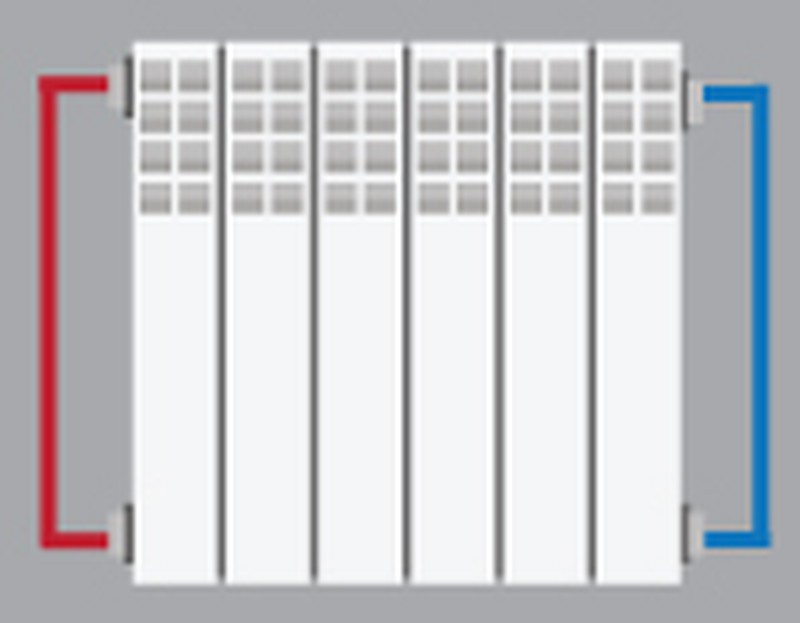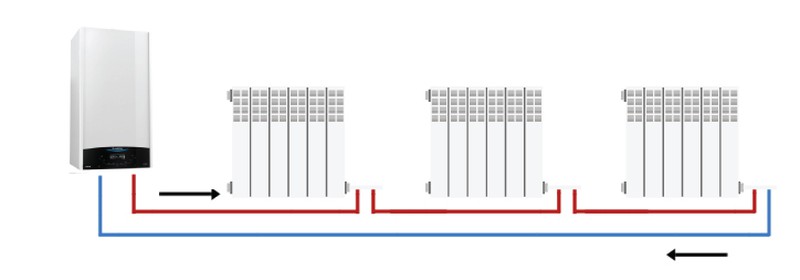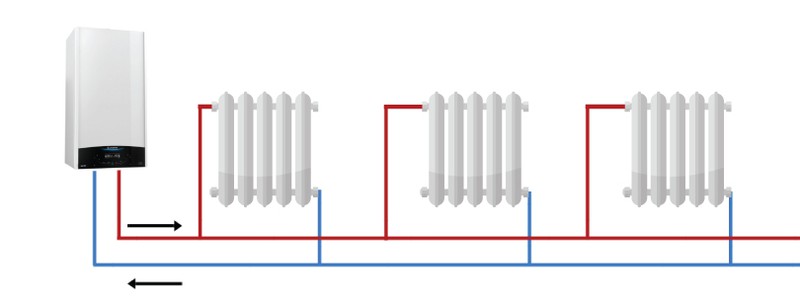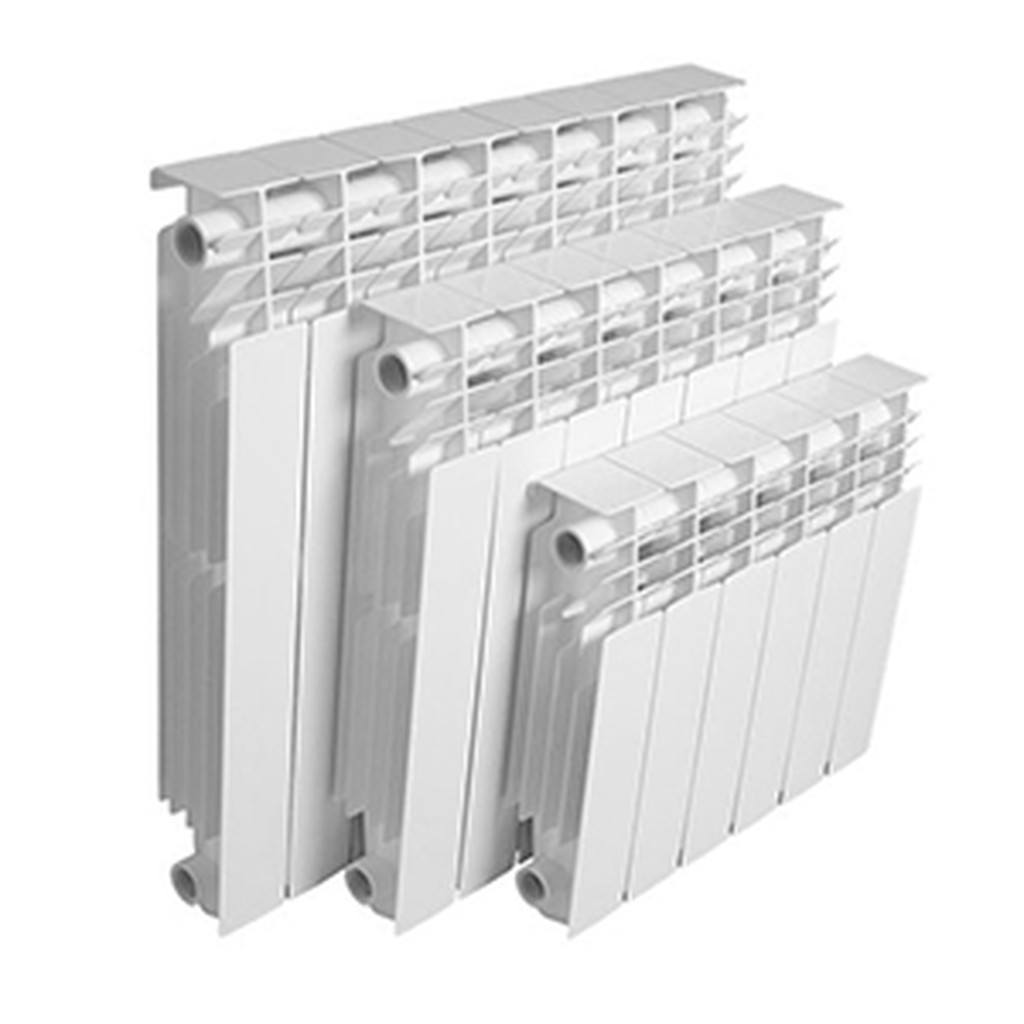Difference between monotube and two-pipe heating
When a heating system uses water radiators to dissipate heat, it needs to have a circuit through which to push that water. It is a set of pipes that carry the hot water that comes out of the boiler to the different radiators.
There are two systems to distribute the water: the monotube system and the two-pipe system. Let's see how to differentiate both systems.

When a heating system is monotube, it has a flow pipe that transports hot water through each radiator until it reaches the end of the circuit, and that same pipe becomes a return pipe.
This system is usually used in small installations, since as the same water has to pass through each radiator it cools down so that the last radiator reaches the water with a lower temperature than at the entrance of the first radiator, despite being a circuit that goes from radiator to radiator, fewer meters of pipe are used.
It is only necessary to have one valve per radiator that is usually placed at the bottom.
This valve includes the flow and return, and since both connections are practically at the same point, you must ensure that the hot water is distributed throughout the radiator.

In two-pipe heating systems, two pipes are used, the one for separate flow and return, from which connections are created to heat each radiator separately. It is a more complex system but one that guarantees an almost identical heat distribution for each radiator. In this case, a greater number of pipes are necessary and a greater number of connections will have to be made. Two regulating mechanisms are installed in the radiators of two-pipe systems: a valve in the upper part and a lockshield in the lower part.

Check all the water radiators in our heating section






Our customers trust us
Opinions of our clients
Receive our news